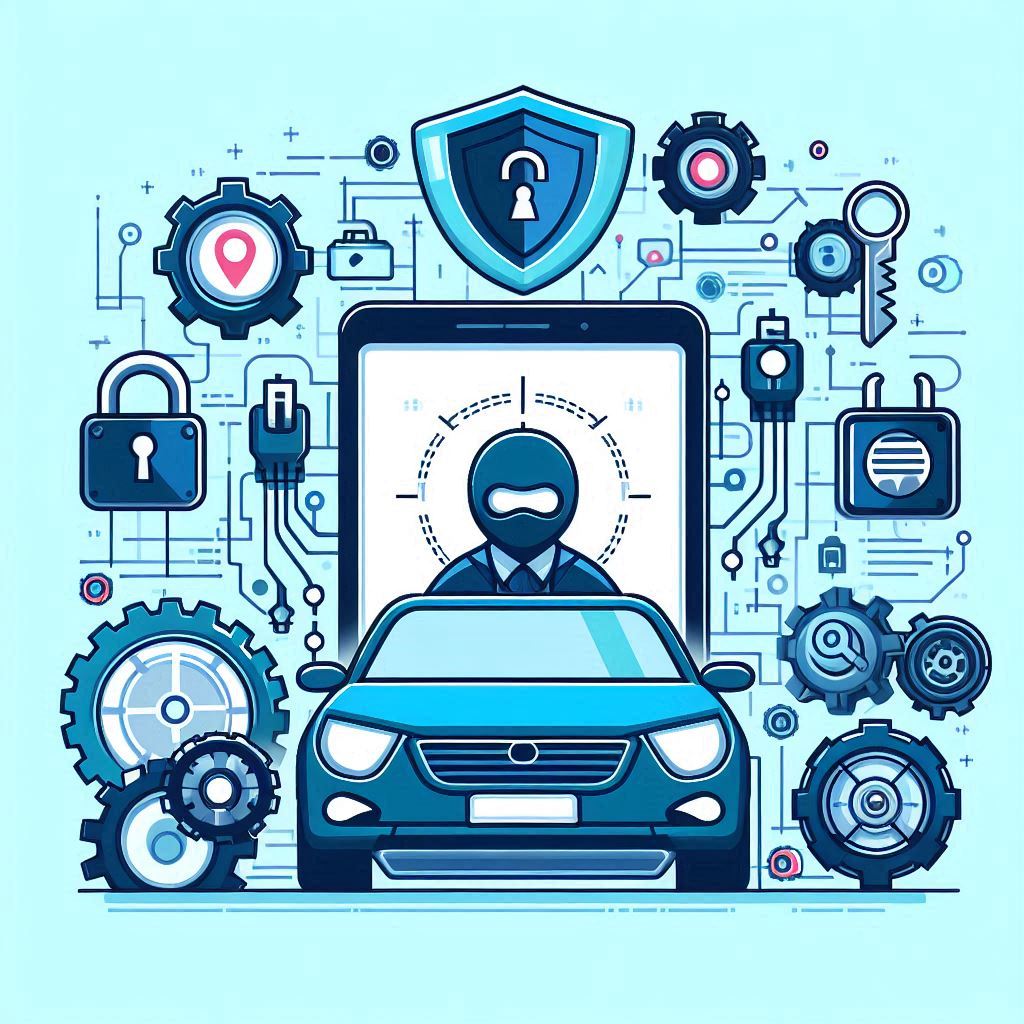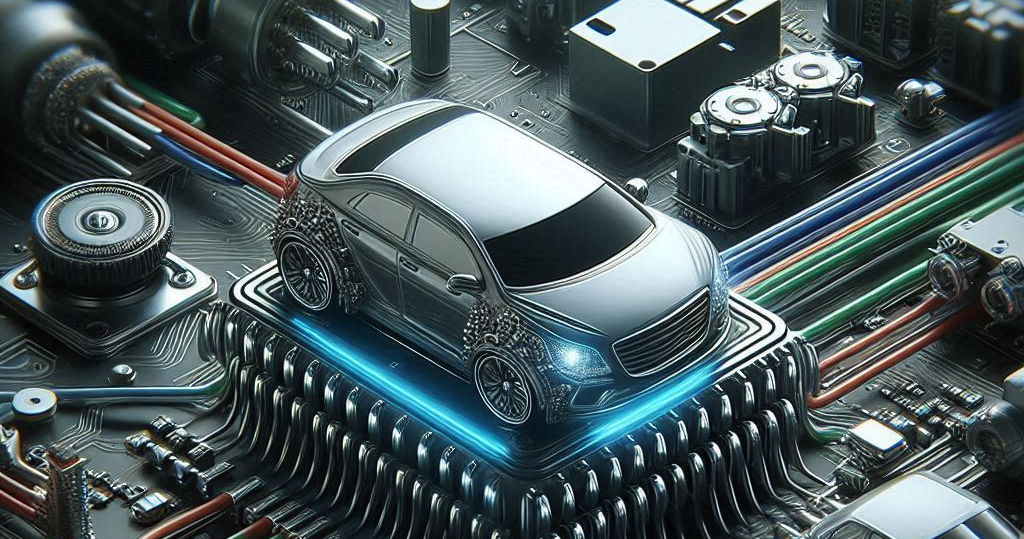The Rising Importance of Automotive Security in the Connected Era
In today’s digitally connected world, cars are no longer just mechanical machines — they are complex, data-driven systems on wheels. Modern vehicles come equipped with advanced software, wireless connectivity, and even autonomous capabilities. While this evolution unlocks incredible convenience and innovation, it also opens the door to new cybersecurity risks.
The Modern Vehicle Is a Network on Wheels
- ECUs (Electronic Control Units): Dozens of mini-computers managing everything from brakes to infotainment.
- V2X Communication: Vehicle-to-Everything interfaces like Bluetooth, Wi-Fi, cellular, and DSRC for smart traffic systems.
- Over-the-Air Updates: OEMs can remotely upgrade vehicle firmware, patch vulnerabilities, and even alter features post-sale.
But with these technologies comes increased vulnerability.
What makes cars vulnerable
- Remote Access Points: Features like keyless entry, remote start, and infotainment systems can become attack vectors if not properly secured.
- CAN Bus Exploits: The Controller Area Network (CAN) links ECUs and can be manipulated if an attacker gains internal access—sometimes even remotely.
- Third-Party Integrations: Apps, diagnostic tools, and aftermarket devices can introduce weak links in the vehicle’s cybersecurity chain.
- Lack of Updates: Unlike smartphones, many vehicles lack timely or robust security patching mechanisms, leaving them vulnerable long after discovery of threats.
Notable Automotive Cyber Incidents
- Jeep Cherokee Hack (2015):
- Researchers remotely disabled the brakes and engine via vulnerabilities in the Uconnect system. More details here, here, and here.
- Tesla Attacks:
- Several white-hat groups have demonstrated over-the-air exploits—Tesla's bug bounty program helped mitigate many of them quickly. Read more here, here, and here.
- Car Theft via Key Fobs:
- Signal amplification attacks have allowed thieves to steal vehicles without breaking in. Learn more here, here, and here.
How Automotive Security is Evolving
- Secure Boot and Trusted Execution Environments (TEE): Ensures only signed, verified code can run on critical vehicle systems.
- Intrusion Detection Systems (IDS): Monitors internal vehicle communications for abnormal behavior or known patterns of attack.
- ISO/SAE 21434 & UNECE WP.29: New industry standards now require automakers to implement cybersecurity management systems throughout the vehicle lifecycle.
- Bug Bounty Programs: Leading car manufacturers are turning to ethical hackers to proactively identify weaknesses.
Best Practices for Automakers and Tier 1 Suppliers
- Secure Boot and Trusted Execution Environments (TEE): Ensures only signed, verified code can run on critical vehicle systems.
- Intrusion Detection Systems (IDS): Monitors internal vehicle communications for abnormal behavior or known patterns of attack.
- ISO/SAE 21434 & UNECE WP.29: New industry standards now require automakers to implement cybersecurity management systems throughout the vehicle lifecycle.
- Bug Bounty Programs: Leading car manufacturers are turning to ethical hackers to proactively identify weaknesses.
SquareVertex Recommended best practices for automakers and Tier 1 suppliers
- Perform penetration testing regularly: Helps identify vulnerabilities before attackers do.
- Enforce secure coding practices in embedded software: Reduces the risk of exploitable flaws in vehicle systems.
- Isolate critical systems (e.g., braking, steering) from consumer-facing interfaces: Prevents unauthorized access to essential safety functions.
- Educate staff on supply chain security and secure firmware deployment: Ensures cybersecurity is maintained throughout the vehicle’s lifecycle.
Conclusions
Automotive security is no longer optional—it’s essential. As vehicles become more connected, the attack surface grows. Manufacturers, suppliers, and regulators must collaborate to embed security into every layer of automotive design. After all, in this new mobility era, protecting drivers means protecting data, systems, and the unseen digital threads that now steer us..





